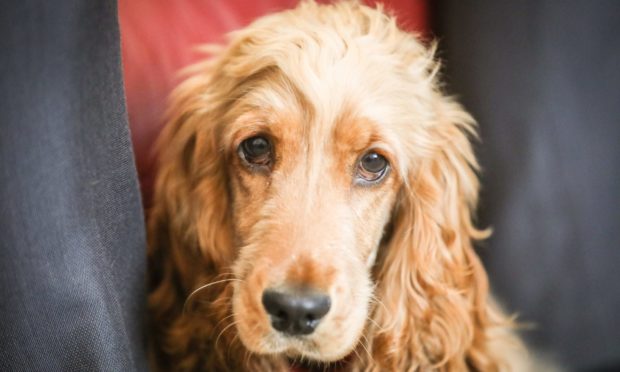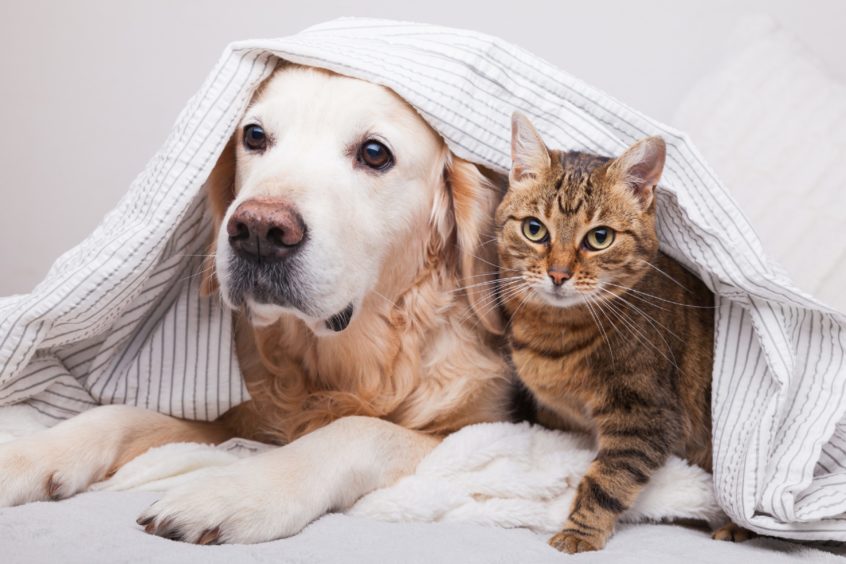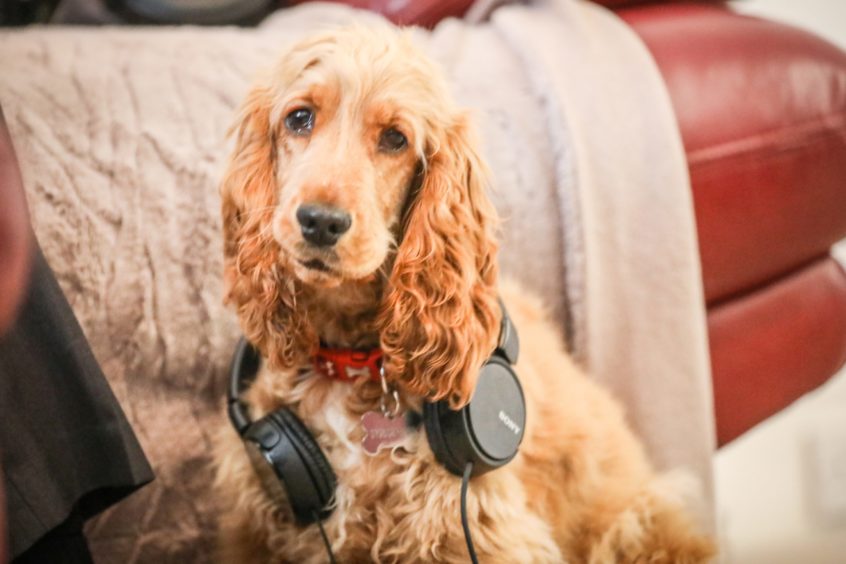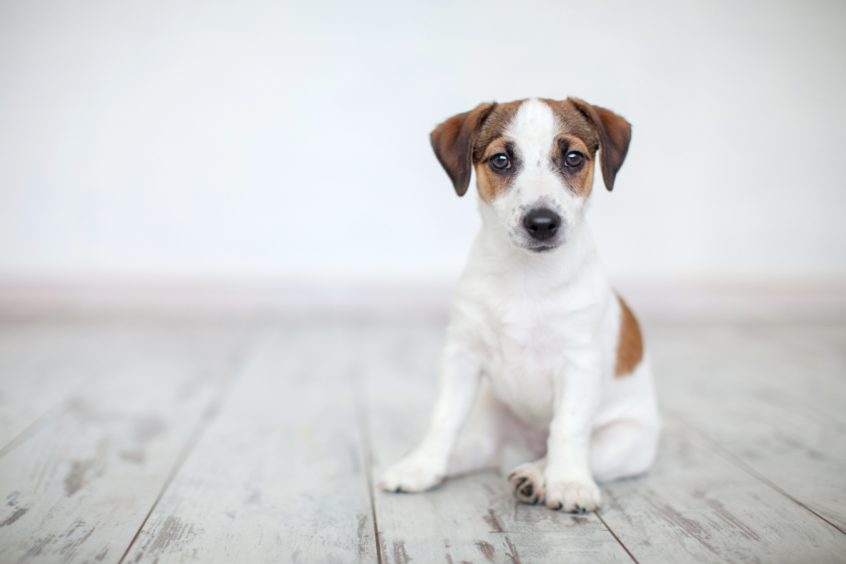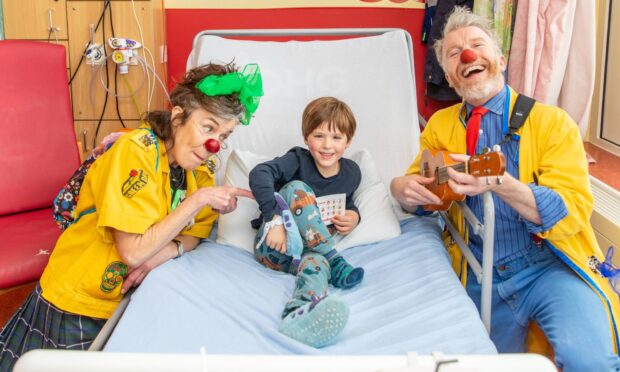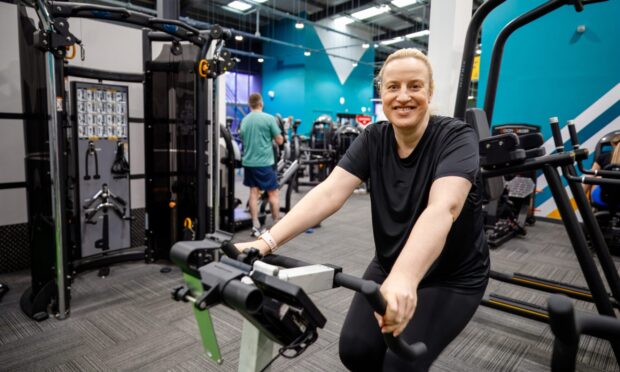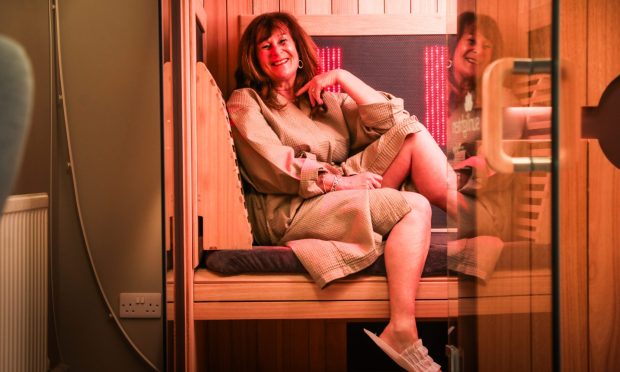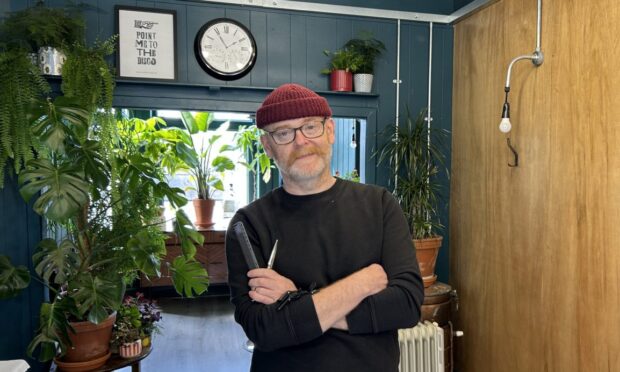As lockdown eases, an animal charity is urging dog owners to prepare their pets.
The return to regular working routines for many as well as easing of restrictions could come at a cost to furry friends.
Owners are being urged to look out for signs of anxiety, distress and behavioural issues in their dogs.
PDSA, which runs the Dundee Pet Hospital, has said taking steps now could help in the weeks and months to come.
PDSA Vet Anna Ewers Clark said: “Dogs are social animals and some of them can become extremely anxious and distressed when they’re away from their owner or left alone – this is called separation anxiety.
“Over time it can become a serious behavioural issue; some of the signs could include excessive barking and whining, destructive behaviour, attempts to escape, pacing and going to the toilet in the house.”
Home alone
Anna added the change in work patterns in the coming months could affect dogs.
“With lockdown easing it will come as a big shock when our regular working routines start up again and dogs are left at home alone.”
But she added, simple, preventative measures can help ease the transition for dogs who have become used to their owners being in the house over the past year.
“With preparation, you can help your dog avoid feeling this way by easing them back into a routine.”
Top tips for preventing separation anxiety
Anna’s top tips for preventing separation anxiety post-lockdown include:
Getting back into a routine
This can be really important for pets. Start getting up and going to bed at the normal time you would if you were going to work and keep their feeding, play and walk times as similar as possible to your working week.
Getting pets used to the car again
While lots of us have enjoyed avoiding long car journeys while we ‘stay local’, it’s important to get your pets used to the car again, especially if you’re planning on a staycation this summer. Start with small journeys and see how your pet reacts, then gradually build up as long as they’re happy.
Beginning to leave your dog for short periods
To begin, leave your dog alone while you spend time in another room or go out for a short trip. Gradually build up the amount of time your dog is spending on their own until they’re ready to go back to their normal routine. As a general rule, you shouldn’t leave your dog alone for longer than four hours at a time.
Making sure you give them a good walk
Ensuring your dog has been for a good walk tires them out before you leave them alone. This will help them to settle and rest while you’re away.
Preparing in advance for going out
When you do have to go out, try to prepare in advance so you’re not rushing which can cause stress for your dog as well as you! Always leave your dog calmly and don’t get them excited before you go. It may feel strange not to say goodbye to your dog when you go, but leaving without a fuss allows your dog to settle more quickly. When you come home do this calmly and quietly too.
Leaving safe activities for dogs
When your dog needs to be left alone for a few hours, there are things you can do to stop them getting bored or worried. Leave safe ‘activities’ such as destruction boxes for them to play with as well as interactive toys and indestructible chew toys to help keep them busy while they’re waiting for you to get home.
Creating a relaxing environment
Make their bed cosy and secure in a quiet area in your home and encourage them to spend time there even while you’re at home with them. You can leave an old item of clothing out with your scent on. Plug-in diffusers or a collar that releases natural calming pheromones can help too.
Anna added: “Severe cases of separation anxiety in dogs can be distressing for you and your dog and may require professional help, so the earlier you begin preparing the better they will manage when our normal routines resume.”
